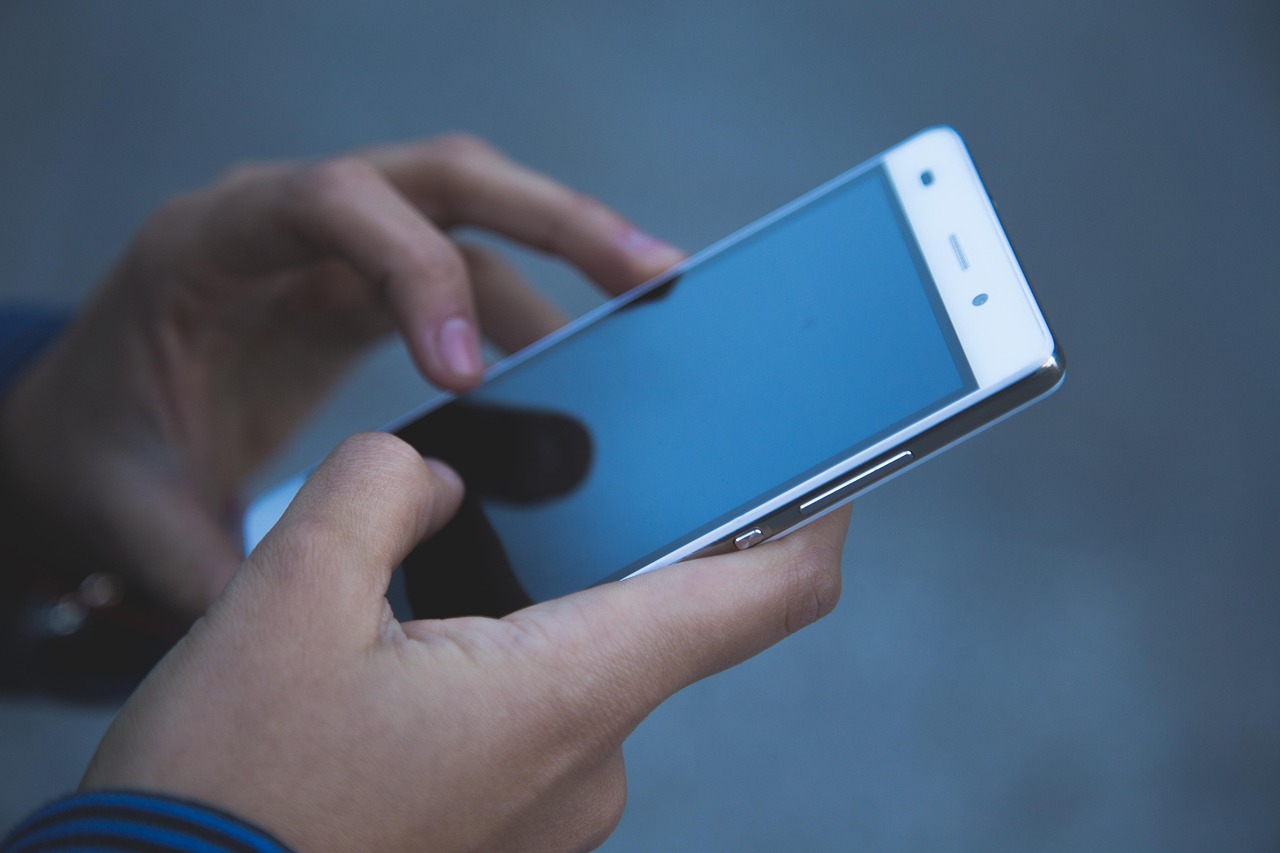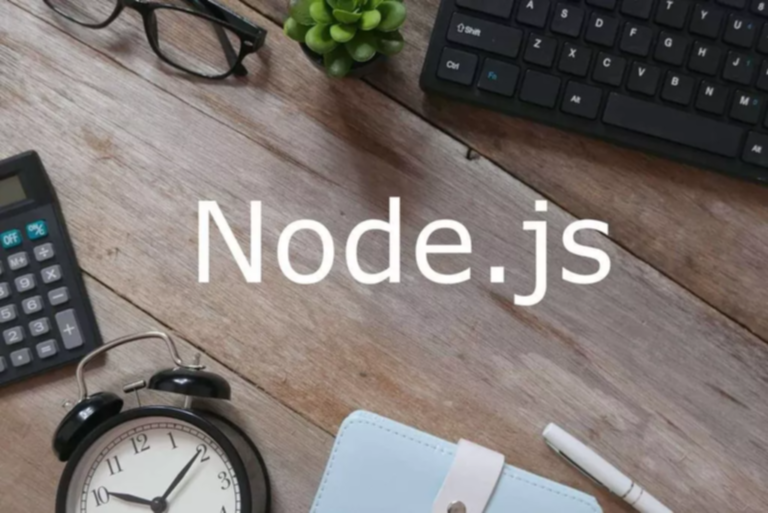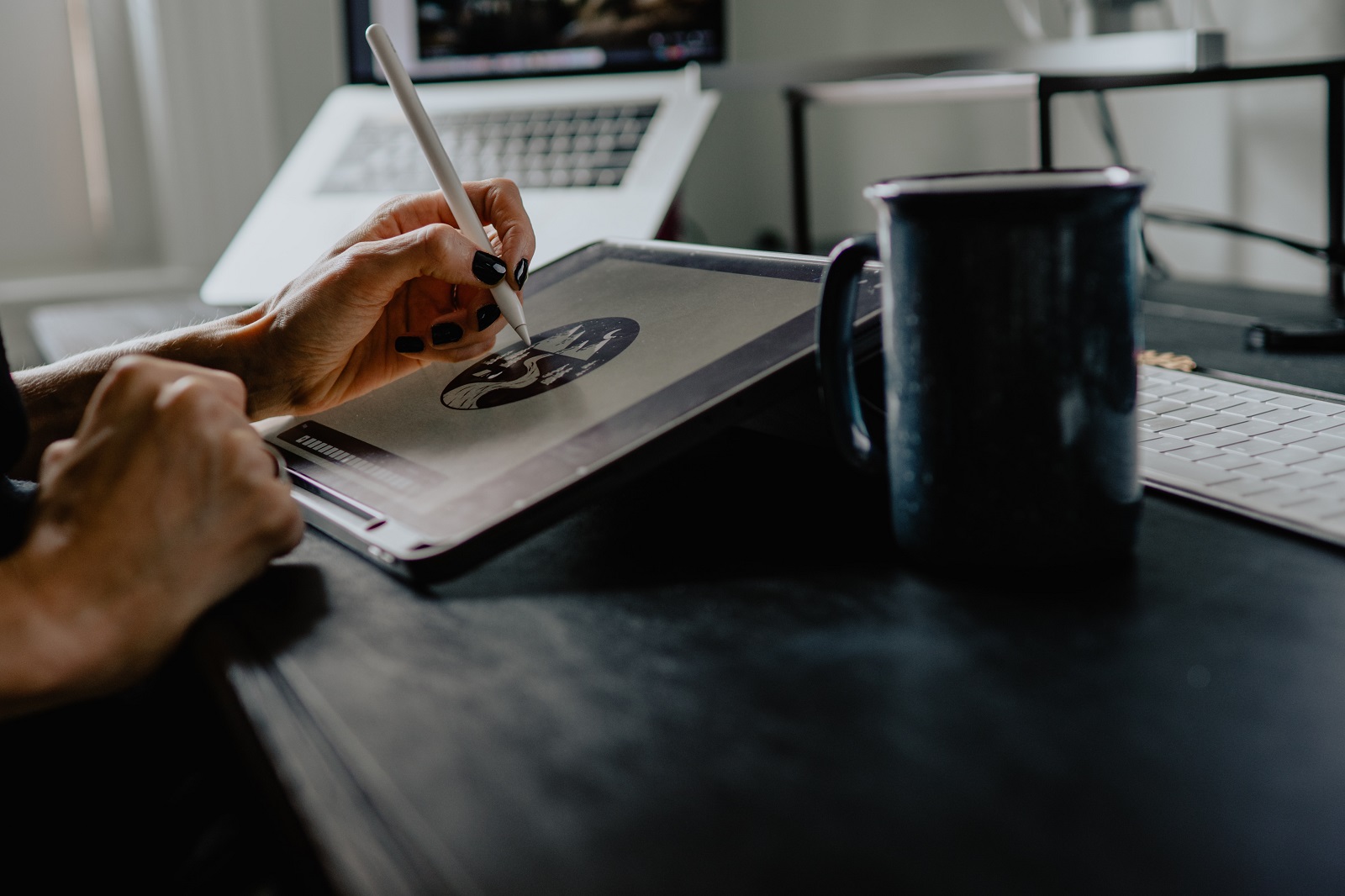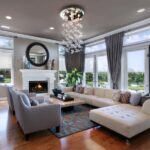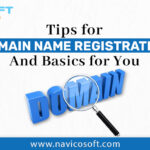We work with brands, with their visual and verbal style. A brand is not a logo, not a business card, not a sticker on a car, not a pattern. These are associations and emotions associated with a company or a particular product in the minds of the right audience. A brand appears when a product begins to acquire some kind of history, legend, a certain message.
For example, a car. From a box on wheels, it becomes a brand when we create a recognizable atmosphere around it.
Mercedes is expensive, reliable, aesthetically pleasing. On advertising posters, it is polished by beautiful women in luxurious dresses. And when at the word “Mercedes” the consumer first of all has associations that this is a cool German production and beautiful women in luxurious dresses – only after that does the Mercedes brand appear.
Table of Contents
Types of branding
Branding can be classified depending on the product itself, highlighting five main areas.
Product – when a company has a specific product, product, or service. For example, Hyundai, in addition to cars, produces elevators, excavators, radio tape recorders, and solar panels. All of these positions are products, each of which can have its own brand image.
Retail – restaurants, cafes, any retail stores and supermarkets.
Corporate – branding of the company as a whole, its verbal and visual style.
Territorial is a trendy trend lately, when a country, city, residential area or quarter becomes a brand.
Personal – a brand of a particular person. This is usually done by photographers, videographers, coaches – those who work for themselves.
Creativity and consistency in design
We will talk about visual corporate identity. This is how the brand looks, how it is perceived visually. Corporate identity is the face of the brand. In a sense, it can be compared to a superhero costume. For example, Superman: we know that he is very strong, can fly, shoots a laser from his eyes and is allergic to kryptonite. But what do we imagine when we hear the name “Superman”? Briefs over tights, a raincoat to the knees, curly hair and the letter S on the chest. This is the visual style, what allows the brand to be remembered and recognized.
Regardless of what direction the work on creating a brand belongs to – grocery, retail, corporate – design necessarily solves some problem. And based on this, style projects can be further divided into two more categories: creative and system projects.
When is creativity needed?
In creative projects, an original, interesting, perhaps even wild solution in terms of visuals is important. When is such creativity appropriate and needed? It all depends on the task that the design must solve, on the tasks of the client and his business. Most often, creativity is needed to evoke a certain emotion in our customers, in consumers who use the product. To highlight a client’s product or service, to prove something to someone.
Situation one:
The client wants to become the best in his field, not only in terms of product quality, but also in terms of visual image. An example of such a project is the rebranding of Roasting Brew. This is a Moscow coffee roaster, one of the top in the country. The company wants to first go international and then become the best coffee roaster in the world.
Situation two:
The client wants to surprise or be surprised. On such projects, we constantly hear “guys, surprise us”, “we need this terrible word“ wow ””. In this case, “satisfy” means not only solving a business problem, but also embodying the client’s inner desires. After all, any business is still a brainchild, a beloved child, with which various dreams and hopes are associated.
Situation three:
The client wants to convince investors with a beautiful picture. We had a corporate identity project where we proposed solutions with an eye to being able to produce them in different materials without any problems. To which the client told us: “Guys, forget about the implementation in the materials. Just make it cool, bold, make a “wow” so that we can convince investors to invest in our project. How it will be done later is another conversation. As a result, we drew beautiful pictures, convinced everyone, and then puzzled over how to produce all this beauty.
What is creativity?
Creativity is an element. How it fell on the soul, how the smear was smeared – so good. It is picturesque – based on the style of a particular designer, free, bright. First of all, it should be beautiful, original. And only then, if it works out, systemicity and rules can be added.
This is no longer just design to the point – clean, neat and functional. This is creativity, painting, experiments. You can talk a lot about it, praise it, scold it, but the task of “standing out and evoking emotions” – no matter what – Express Design solves. Its logos stand out. They are talked about, they are heard. And if they talk about Express Design, it means that it works – and it doesn’t matter whether you personally like it or not.
A good example is our Liquid case, a sports nutrition package. The client came with a specific task: to break away from the usual images in this area, to get away from aggressive sports fonts, colors, harsh contrast, brutalism.
Why does this creative solution solve the problem?
There are not many sports nutrition products on the market that use a white background in their packaging. Usually it is something red, black, bright. Here, too, it is bright, but clean. Functional texts, calm layout. The name of the product and the glitch catch the eye.
Catch one: understand the client
When agreeing on the shore that the project will be creative, that the solution will be “wow, game and fat”, it is important to understand that you and the client mean the same thing in the concept of “creative”.
Example: developing a corporate identity for the coffee company Roasting Brew. There was a task to stand out against the background of everything that is done in the field of coffee, to conquer the world, to be creative. But at the same time, the key point of the company’s positioning is transparency for the end consumer.
And we began to tell a story on the packaging: about what specialty coffee is, in what countries and at what height it grows, what kind of farmer collected it, how best to grind and brew beans. All this was implemented in the form of an information chain.
Sent to the client. And the client says: “What have you done? It’s not all right.” It turned out that by transparency they meant “purely” – creatively, but without showing off, huge fills, lots of illustrations.
And when it turned out, we uncovered our boxes of paints, took out brushes, palette knives and began to create already consciously.
Catch two: design for people
Design cannot be overly complicated, because someone will have to use it later in life. This idea is well illustrated by one of the style options for the Corel Video Studio.
Here the effect of a motion graphics, “moving pictures” is imitated. The idea is cool, I didn’t sleep for a month, I didn’t eat, I figured out how to do it all. On the video, this design looks cool, but the client, fortunately, did not choose this option. Fortunately, because it is quite difficult to use it: you need to cut each picture into strips, animate it. It took me a month to figure out how everything works. And if there is no this month, then it is very difficult to work with the style. So the option is beautiful, but not viable.
System catch: the more, the easier
The larger the system, the more variables it contains, the simpler it should be. The less painting and accidents in it. After all, the more loaded the system, the more difficult it is to manage. It turns out that the more systematic the project, the less creativity is needed in it. And vice versa.
When dealing with creativity, it is important to understand that the designer satisfies, first of all, not his own ambitions, but the needs of the client. Being creative is not always appropriate. Sometimes you need to roll back to the problem statement and understand: the task is to launch a franchise. And everything should work in any city under any conditions. And the game must be kept for a project in which there will be another task: to surprise, stand out, amaze.
In fact, not everything is so scary – there is much more design in the right systems than in the design itself.




